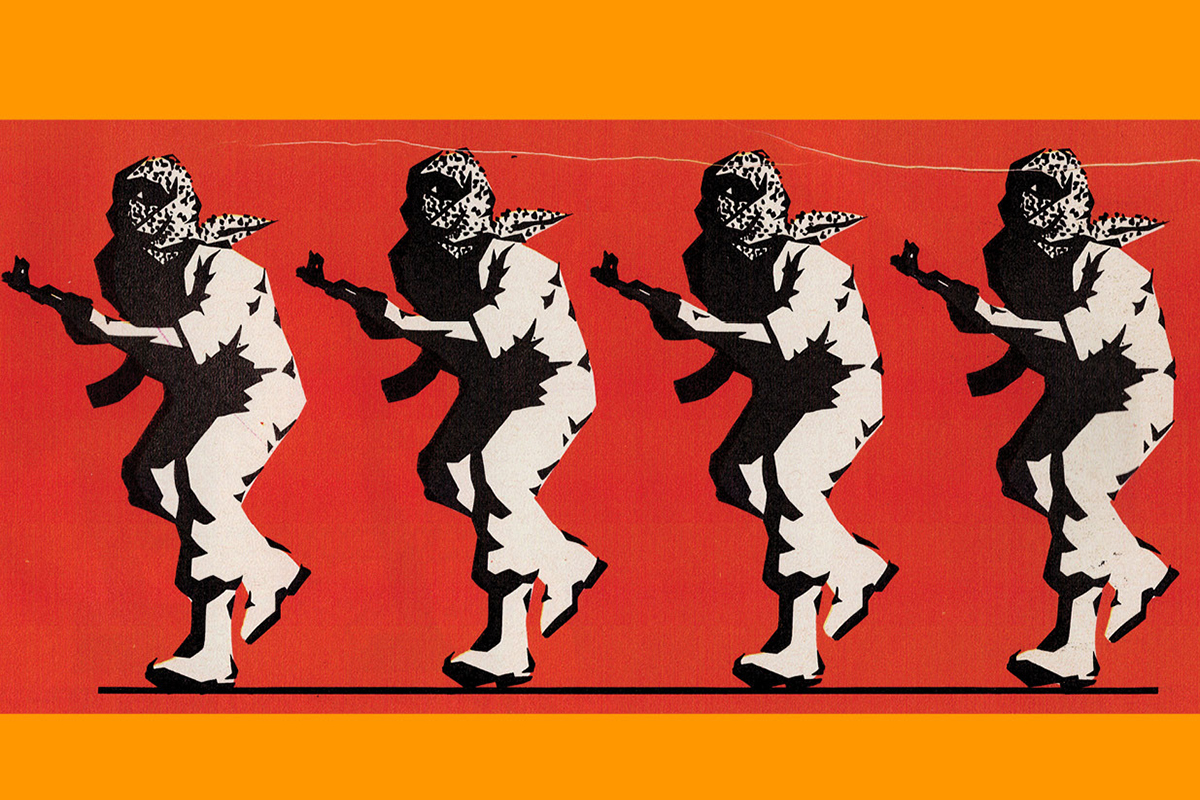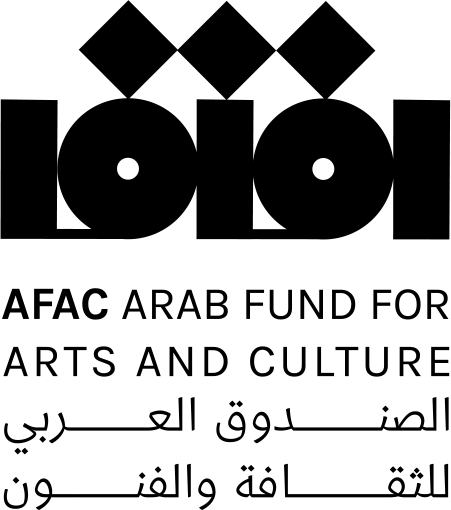
Across critical essays, children’s stories, diaries and experimental forms, the 22 projects selected for AFAC’s 2025 Creative and Critical Writings program set out to think with, and write against, the conditions shaping our lives in the region today.
Moving between the architecture of memory and the architecture of stone, many of the selected projects seek to unsettle the boundaries between personal recollection and collective histories — through mothers lullabies in Gaza, folk tales of the enslaved in 19th century Egypt or the temporal cuts in Baghdad’s urban and social imaginaries. No detail is too small to matter, whether it’s scribbled on the walls of a narrow alleyway or recalled in the afterlife of an erased village.
Several projects turn to visual tools to shape their stories, whether in encyclopedic formats, graphic novels or illustrated works. In those narratives, animals speak of dispossession, design bears witness to resistance and motifs inscribe continuities between past and future. Other works delve into the study and analysis of the fine arts, exploring how aesthetic forms endure, transform and reverberate into the present. By bringing fragments — objects, voices and gestures — into textual and visual dialogue with the larger terrains of domestic life or cityscapes, the authors enact writing as a means of probing, tracing and inhabiting the temporal, social and spatial layers of their specific worlds.
The applications for this year’s Creative and Critical Writings grant cycle were reviewed by readers’ committees for an initial round of evaluation, which included Abdelazis Baraka (Sudan), Mansoura Ez Eldin (Egypt), Faris Lounis (Algeria), Golan Haji (Syria), Raji Bathish (Palestine) and Umer Al-Dulaimi (Iraq). Projects that made it past this stage were then submitted to a committee of independent jurors.
The 2025 jury – Syrian academic Nisrine Elzahre, Moroccan author Ismail Ghazali and Egyptian critic and journalist Mohamed Shoair – convened to make the final selection. At the end of their meeting, they issued the following statement:
-
“The jury of the Creative and Critical Writings program was pleased to review this cycle’s nominated projects. The submissions reflected a diversity of literary forms and the blending of genres, with many displaying a notable focus on imagery, in keeping with the pace of technological change and the growing need for innovative media formats.
Many submissions demonstrated a keen interest in documentary methods that look into historical, social and cultural layers of the region, aiming to preserve memory and engage with the present in all its political, social, human and cultural complexities and transformations. This “history from below” approach connects the creative self’s restlessness with its human and historical situatedness. Projects addressing urbanism were particularly striking, highlighting an expanding awareness of the ways authoritarian systems shape the city — politically, environmentally and aesthetically.
This cycle also revealed notable interest in the fine and visual arts, whether through documentary or critical work, signaling a growing investment in visual culture across the region. A number of proposals explored the graphic novel, reflecting its rising prominence as a creative and critical form.
Similarly, the jury observed increasing experimentation with literary and artistic platforms. These tools of communication, which break from traditional publishing models, can also foster wider public engagement.
It was encouraging to see, among the proposals, new creative terrain for this program – such as the inclusion of Chadian literature written in Arabic – which contributes to enriching the broader Arab narrative and aesthetic landscape.
We extend our best wishes to the recipients of this cycle’s grants and look forward to the contributions these projects will make to the region’s literary and cultural discourse.”
The selected projects
- Metaphysics of Blindness Critique of the Hegemony of Vision; Perceiving the World Sensually by Ali Albazzaz, Iraq
- The Silk Keepers by Mona Ayoub, Lebanon
- Designing Palestinian Resistance: Illustrations and Symbols by Camil Karam, Jordan
- Aghawat Street by Haya Abu Oudah, Palestine
- Against All Odds:Towards a History of Contemporary Art in Egypt (2000-2020) by Ismail Fayed, Egypt
- On Arriving: Fragments by Bekriah Mawasi, Palestine
- Balkan Road by Reem Helou, Syria
- Animals of the Stolen Land by Sara Naba, Palestine
- Zaki Tolimat: Faces and Memories by Aisha Abdel-Karim, Egypt
- Old Sana'a Architectural Decorations Between Authenticity and Modernity by Waleed Alkawmani, Yemen
- Silent Roots: Fatherhood, Slavery, and the Poetics of Memory by Hoda Omran, Egypt
- A Long Winter's Night by Muazz Abuelgasim, Sudan
- Return 67: In the Name of Memory by Iyas Shahin, Syria
- A Child of the Land of Beads by Ihab Shgadl, Iraq
- Homeless in the World: The Survival Memoir of a Palestinian Woman by Raya Qabb, Palestine
- The Dervishes of Cairo: A City of Magic and Fantasy by Shehab Tarek, Egypt
- Biography of a Mother from the Margins: An Anthropological Approach by Zakaria Ibrahimi, Morocco
- Wonderful Women by Karima Ahdad, Morocco
- Repression through Interpretation: A History of the Use of Abstract Concepts to Control Arab Societies by Faris Harram, Iraq
- Mt7rk by Mt7rk, Lebanon
- Reclaiming Urbanism by Urbegony: Architecture without Borders, Syria
- Encyclopedia of Chadian Arabic Novel Literature by Alajniha for Publishing and Distribution, Sudan


